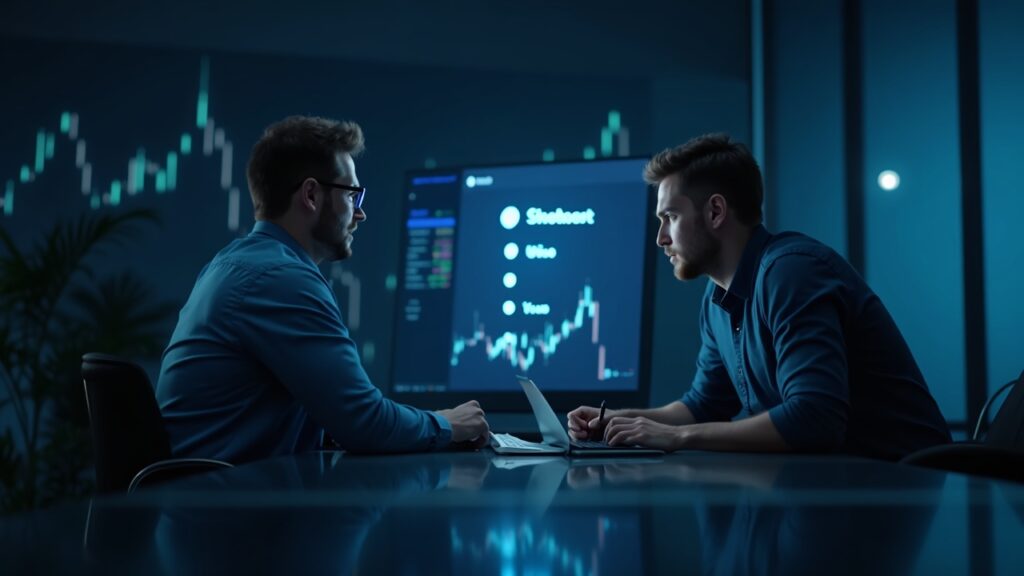Following the severe slump that shook the market of cryptocurrencies on October 10, the Chief Investment Officer (CIO) of Bitwise applied a “three-question test” to assess the situation. His main conclusion is that, despite the volatility, the ecosystem’s health did not suffer any fundamental breaks, offering a reassuring outlook for investors and institutional funds. The assessment suggests there is no lasting damage in the crypto market.
The Bitwise executive’s analysis focused on a rapid diagnostic methodology to measure the sector’s integrity after the correction. This approach serves as a tool to distinguish a temporary scare from a serious breakdown, being particularly useful for portfolio managers and derivatives traders facing liquidity strains. Although the specific details of the three questions were not disclosed, their purpose is clear: to verify if the fundamental pillars of the digital economy remain intact. The evaluation is primarily aimed at large companies and institutional investors who need to make quick decisions in times of uncertainty.
The importance of this assessment lies in its ability to provide an encouraging outlook. In a scenario where no structural breaks are detected, prices tend to recover more easily, capital flows into investment products continue, and on-chain metrics do not show alarm signals. This early diagnosis is crucial to mitigate panic and stabilize overall sentiment, thus preventing a cascade of forced liquidations.
What does this evaluation mean for investors and large funds?
The assertion that there is no structural damage has direct consequences for different market segments. For institutions and exchange-traded funds (ETFs), this signal reduces the impulse to preemptively liquidate positions. On the contrary, it may encourage the buyback of assets at lower prices during portfolio rebalancing. In this way, it fosters confidence in the sector’s medium-term recovery capacity.
In the derivatives space, the evaluation mitigates fears of a massive exit of open interest in futures and options contracts. However, leverage remains a latent risk, as it can amplify losses if the market falls again. For corporate treasuries, an expectation of recovery can halt the sale of crypto asset reserves, providing additional stability to the ecosystem.
Ultimately, the Bitwise CIO’s conclusion is an initial signal that needs validation with hard data. The market’s attention is now focused on the release of the firm’s full report or the emergence of on-chain metrics that support this optimistic view. Until then, investors should proceed with caution, because even if no structural damage is perceived, volatility and liquidity risks remain present in the short.

